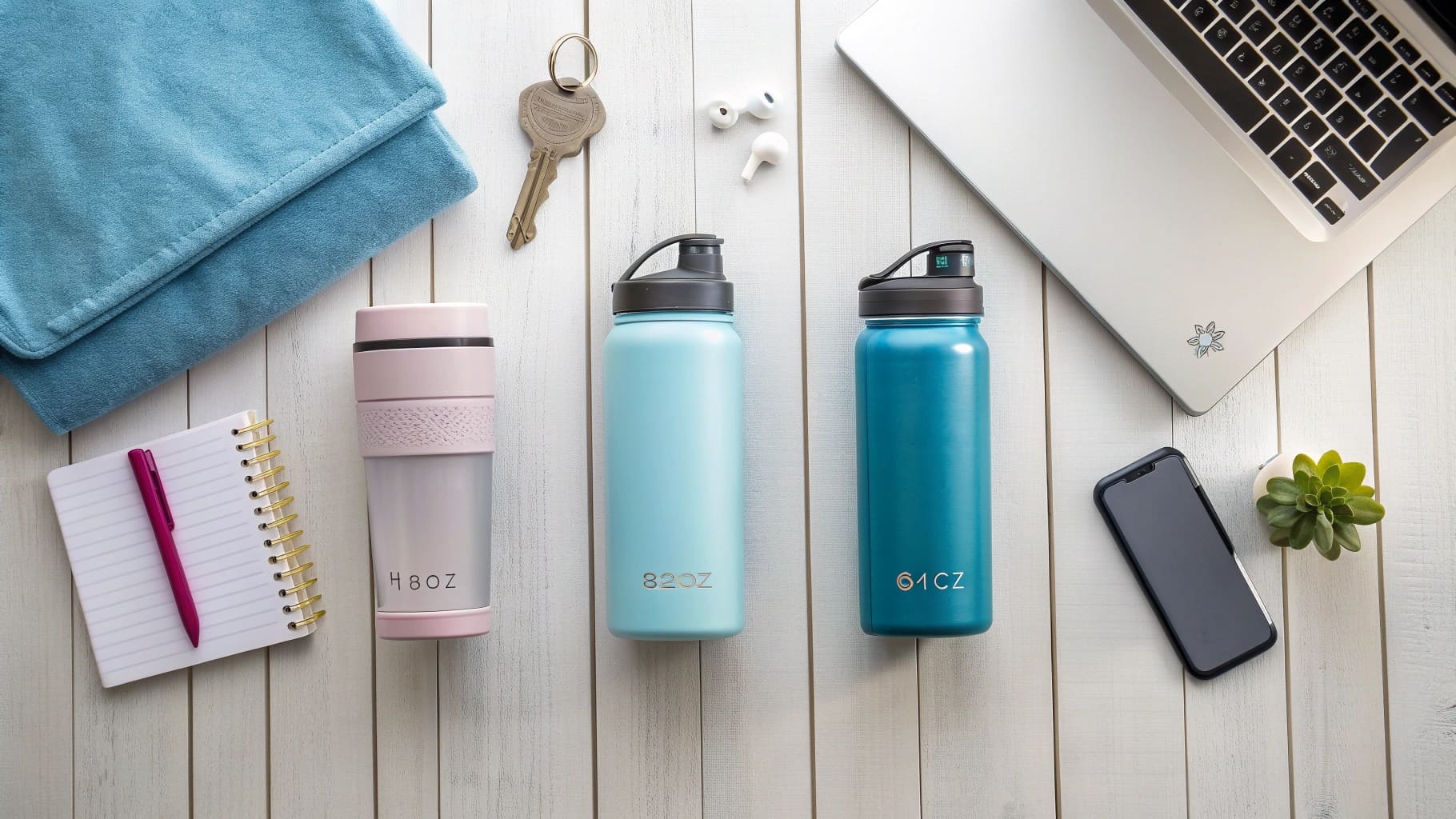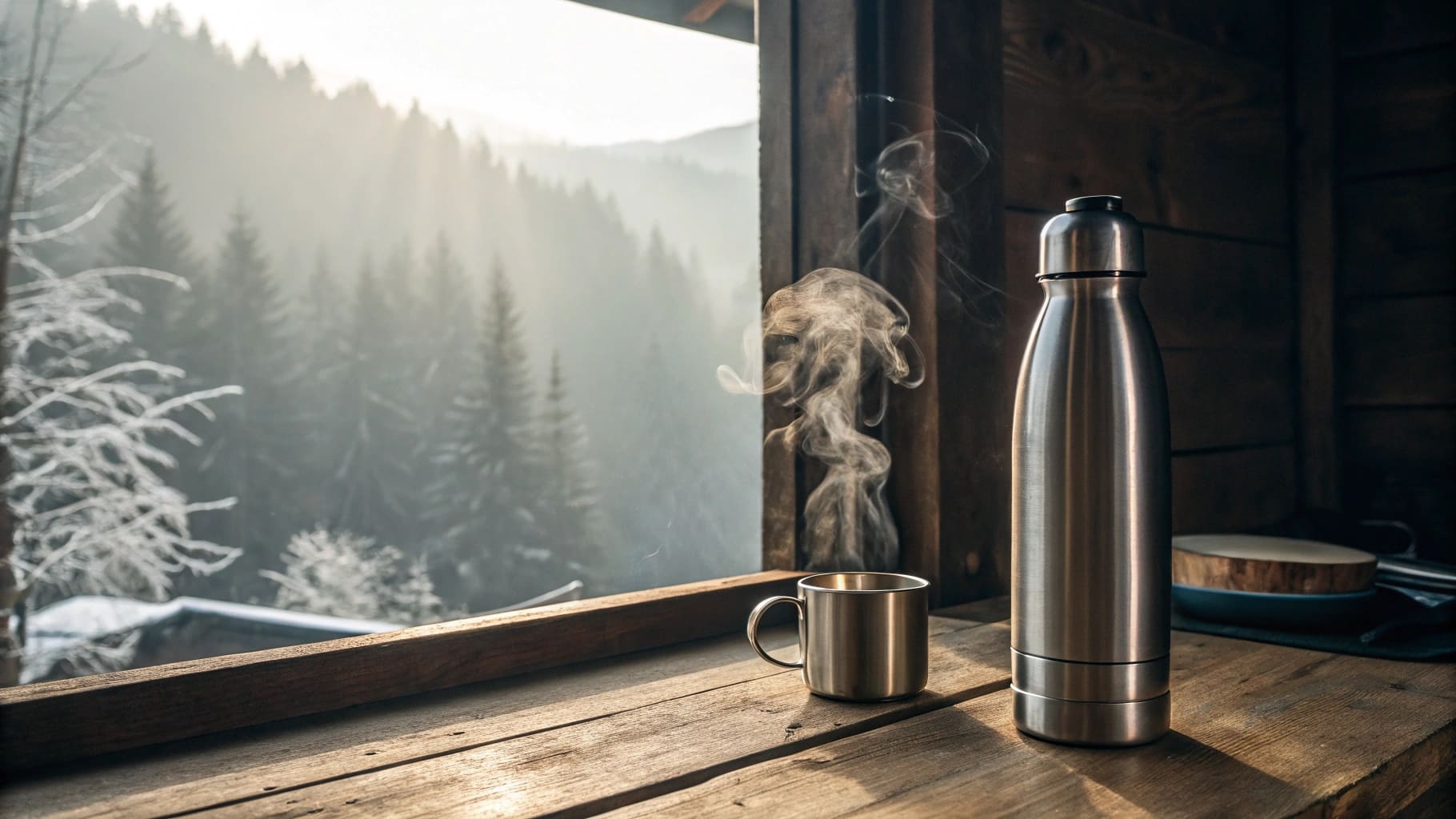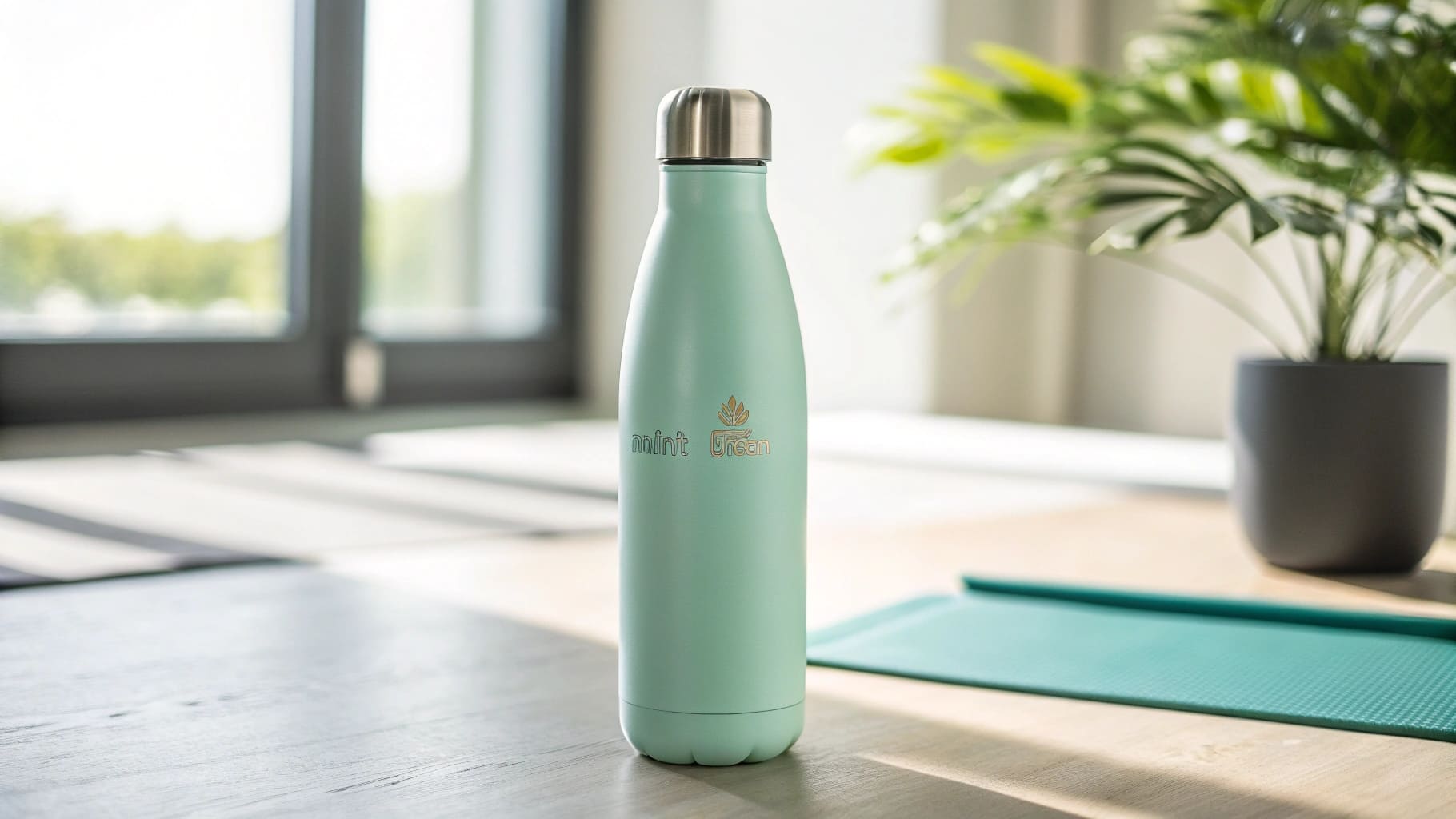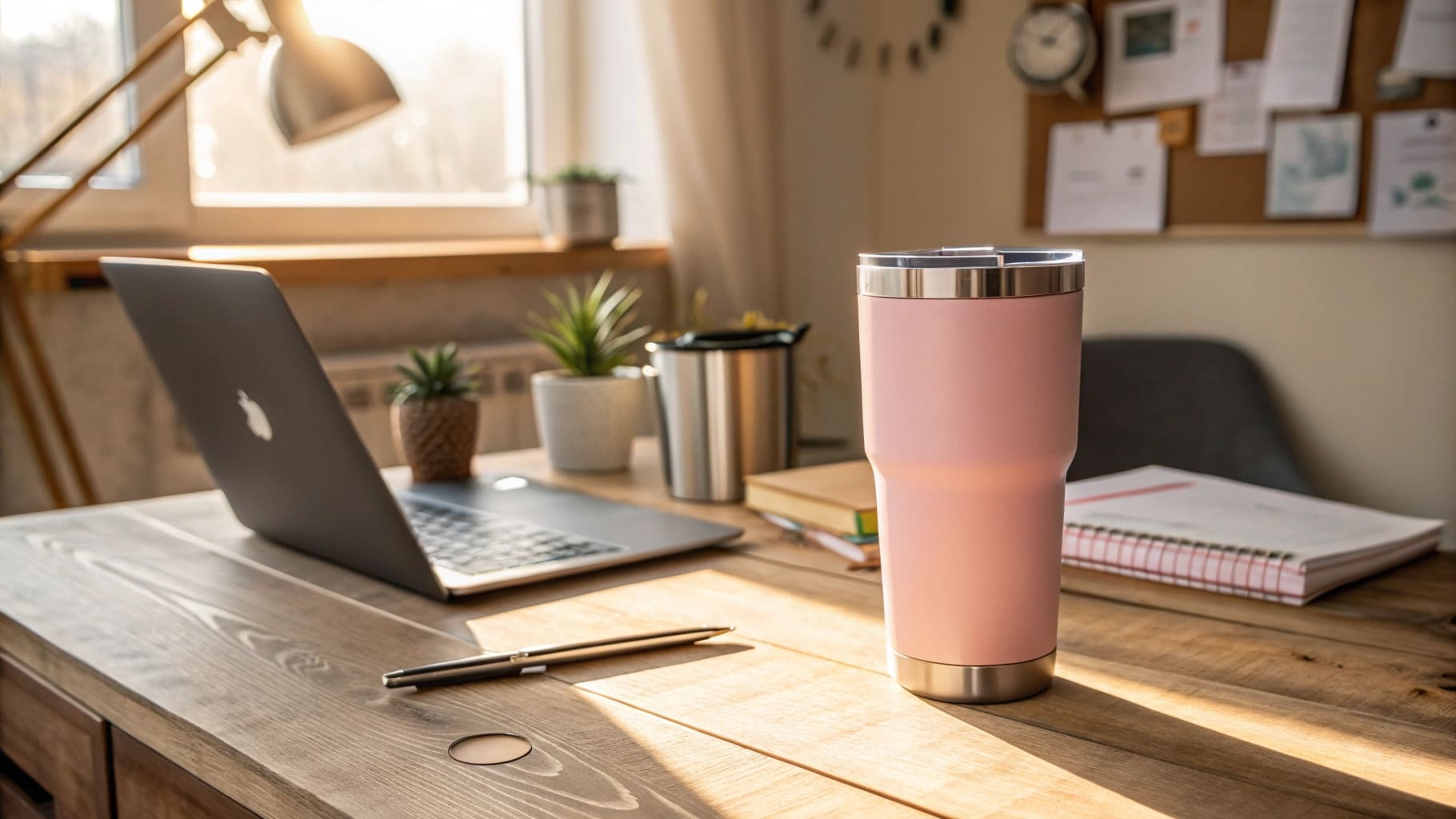Finding reliable B2B bottle suppliers is hard. You might waste time and money on poor quality. Discover what makes a supplier truly great for your business.
The best place to buy stainless steel water bottles and accessories, especially for B2B, is directly from a reputable manufacturer. A good manufacturer offers quality control, customization, and better pricing without middlemen. This ensures you get top products.

Many buyers ask me this question. They search for that one "best place." But finding the "best partner" is often more important. This way of thinking can really help your business succeed. Let us look at what really matters when you are sourcing stainless steel water bottles. I have talked to many procurement officers, like Mark from Canada, who face challenges in finding the right supplier. They need quality but also good prices.
What is the top selling water bottle brand?
Are you confused by all the different water bottle brands? Do you wonder if popular brands mean good B2B choices? Learn what popular brands tell us about market demand.
Top-selling consumer brands like Stanley or Hydro Flask show high demand for bottles that are strong, look good, and work well. For B2B buyers, this means you should focus on similar quality and features in the products you source.

When we see brands like Stanley, Hydro Flask, or even more niche ones like Purist becoming popular, it is for good reasons. As a B2B buyer, like Mark who is looking to rebrand products in Canada, this is very useful information. It clearly shows what features end-customers value and are willing to pay for.
Understanding Consumer Cues
I often see end-users online discussing very specific details about bottles. For example, they ask about Purist bottles: "Are Purist bottles worth it?" or "How do you clean a Purist bottle?". These questions are important clues for us in the B2B world. They show a strong market interest in premium features. People want bottles that do not make water taste like metal. They look for high-quality stainless steel, like 304 or even 316. Easy cleaning is also a big plus for consumers.
Translating Trends to B2B Sourcing
So, what does this mean for your import or private label business? It means you should look for products with these premium features. Do not just find a cheap copy. Focus on sourcing bottles that offer real, tangible value to your customers. This is what I always advise my clients. It is not just about finding an "alternative" to a known brand. It is about understanding what makes those brands desirable: material purity, keeping drinks tasting fresh, and easy maintenance.
Here is a simple table to guide you:
| Consumer Trend Observed | B2B Implication for Your Business | Key Feature to Source from Suppliers |
|---|---|---|
| Demand for "no metallic taste" | Source bottles with neutral interior | Electropolished 304 SS, glass/ceramic lining |
| Desire for durability | Offer robust, long-lasting products | High-quality 18/8 (304) stainless steel |
| Focus on easy cleaning | Provide bottles simple to maintain | Wide mouth, simple lid, smooth interior |
| Interest in temperature retention | Supply bottles that keep drinks hot/cold | Double-wall vacuum insulation |
By focusing on these qualities, you meet a clear customer need. This helps you build a strong brand reputation and tap into a customer base willing to pay more for better drinkware.
Which number water bottle is best?
Are you overwhelmed by material numbers like 18/8 or 304? Are you unsure which stainless steel grade is truly "best" for your products? Get clear on what these numbers mean for quality.
For stainless steel water bottles, 18/8 (also known as 304 grade) is excellent. It is food-safe, durable, and resists rust very well. Some premium options might use 316 grade for even better corrosion resistance.

Understanding stainless steel grades is key for any B2B buyer, especially for someone like Mark who values quality but also needs competitive pricing for his distribution business. The "number" of the steel directly impacts the bottle's performance and longevity. Let's break this down.
Decoding Stainless Steel Grades
The numbers you see, like "18/8" or "304," refer to the composition of the stainless steel. "18/8" means the steel contains approximately 18% chromium and 8% nickel. This composition is what gives 304 grade stainless steel its excellent properties for food and beverage containers. Chromium helps with rust resistance. Nickel adds to durability and formability. Sometimes you might see "316 stainless steel." This grade has added molybdenum, which makes it even more resistant to corrosion, especially from salts and acids.
Why 18/8 (304 Grade) is a B2B Standard
For most water bottle applications, 304 grade (18/8) stainless steel is the industry standard, and for good reasons.
- Food Safety: It is non-reactive and does not leach chemicals into drinks. This is crucial for certifications.
- Durability: It withstands daily use, drops, and bumps well.
- Corrosion Resistance: It resists rust and staining effectively with most beverages.
- Cost-Effectiveness: It offers the best balance of performance and price for most B2B projects.
While 316 is superior in corrosion resistance, it is also more expensive. It is usually only necessary for specialized applications, perhaps for use in marine environments or with highly acidic contents. For general purpose water bottles, 304 grade provides the quality and safety that customers expect. As a manufacturer, we at Icobottle primarily use high-quality 304 stainless steel to ensure our clients receive top-notch, reliable products.
Here is a quick comparison:
| Steel Grade | Key Composition Highlights | Main Benefits for Water Bottles | Typical Use Case |
|---|---|---|---|
| 304 (18/8) | ~18% Chromium, ~8% Nickel | Food-safe, good rust resistance, durable, cost-effective | Everyday water bottles, coffee mugs |
| 316 | 304 + Molybdenum | Excellent rust/corrosion resistance | Marine environments, acidic contents |
Knowing this helps you make informed decisions and confidently answer your own customers' questions about product quality.
What is the best water bottle to clean?
Are you frustrated with bottle designs that are hard to clean? Do you realize your customers probably hate this too? You should prioritize ease of cleaning in your product line.
The best water bottles to clean usually have wide mouths. They also have simple lid designs and smooth interiors, often electropolished. These features stop gunk from building up and make washing much easier.

Ease of cleaning is a huge factor for end-users. If a bottle is a pain to wash, it will not be used often, no matter how good it looks or keeps drinks cold. For B2B buyers, offering easy-to-clean bottles is a smart move. It leads to happier customers and fewer complaints. I remember Mark, my client from Canada, specifically asking about cleaning features. His customers had returned bottles from another supplier simply because they were a nightmare to clean. That’s a direct hit to profits and brand reputation.
Design Elements for Easy Cleaning
Several design aspects make a bottle easy to clean.
- Wide Mouth: A wider opening allows easy access for hands or cleaning brushes. This is probably the most important feature.
- Simple Lid Design: Lids with too many small parts, nooks, or crannies can trap residue and are hard to disassemble and clean thoroughly. Look for lids with fewer components and smooth surfaces.
- Rounded Interior Corners: Sharp corners inside a bottle can trap dirt and make it difficult to scrub clean. Rounded corners are much better.
- Minimal Threads: While threads are needed for a secure seal, overly complex or deep threads can also harbor grime.
The Role of Interior Finishes
The inside surface of the bottle matters too. Most stainless steel bottles have a brushed finish. However, an electropolished interior is even better for cleanability. Electropolishing is an electrochemical process that smooths the surface of the steel at a microscopic level. This makes it harder for bacteria or residue to stick and easier to rinse away. It also improves corrosion resistance. While it might add a small cost, it is a premium feature that customers appreciate.
Consider these features when sourcing:
| Feature for Easy Cleaning | Benefit for the End-User | B2B Sourcing Tip |
|---|---|---|
| Wide Mouth Opening | Easy to insert brush/hand, easy to dry | Prioritize this for most bottle types |
| Simple Lid Construction | Fewer parts to lose, easier to wash | Ask suppliers for exploded views of lid components |
| Electropolished Interior | Resists residue buildup, rinses cleaner | Inquire if this finish is available or standard |
| Few Internal Crevices | No hidden spots for mold/bacteria to grow | Inspect samples carefully for hard-to-reach areas |
By focusing on these cleanability features, you are not just selling a bottle; you are selling convenience and hygiene. This is a strong selling point for any brand.
Conclusion
Choosing the right B2B supplier means focusing on quality materials, smart design influenced by consumer needs, and features like easy cleaning. This builds lasting value.

